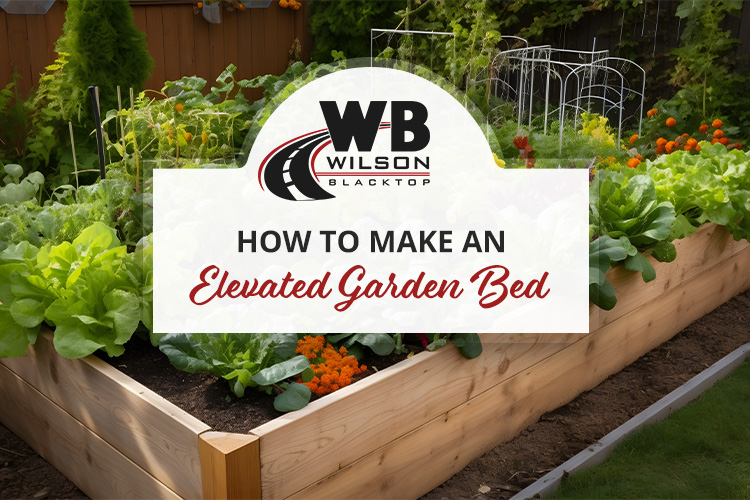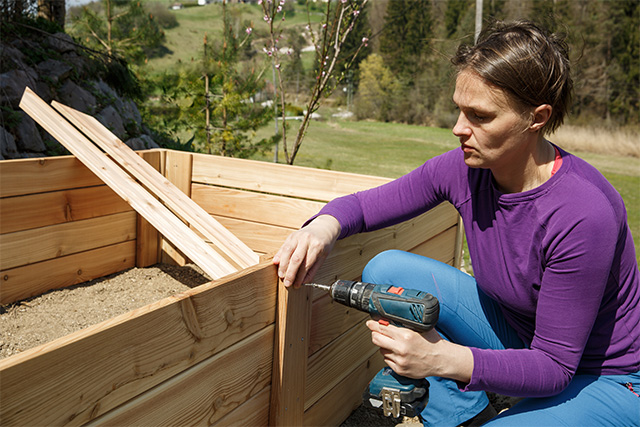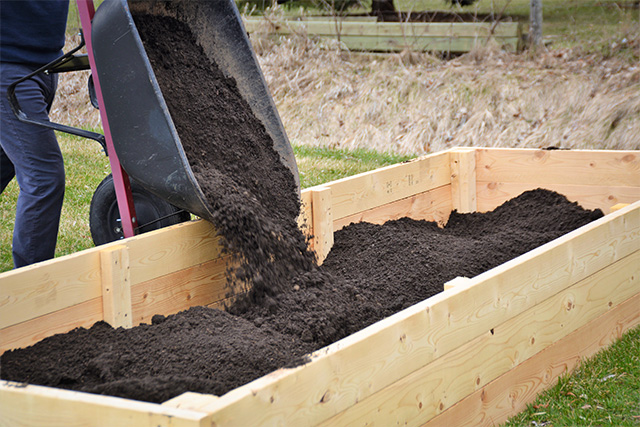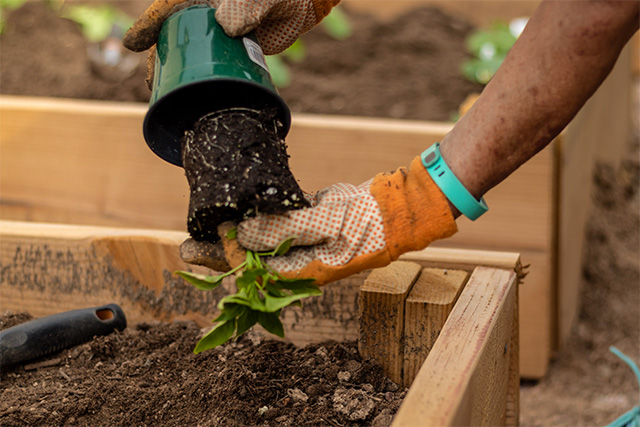
Elevated Garden Beds
There’s something incredibly satisfying about growing your own vegetables. Not only does it provide you with fresh, nutritious produce, but it also connects you to the earth and the cycle of life. While gardening can seem daunting, especially if you have limited space or poor soil quality, elevated garden beds offer a solution that’s both practical and rewarding. Let’s explore the benefits of raised garden beds and learn how to build one for your vegetable garden.
Let’s get started…
Benefits of Elevated Garden Beds:
- Improved Drainage
Raised beds allow excess water to drain away more easily, therefore preventing waterlogging and root rot. - Better Soil Quality
You have control over the soil composition, as a result allowing for optimal conditions for your plants’ growth. - Weed Control
By elevating your garden, you can better manage weeds, resulting in reduced need for maintenance. - Accessibility
Raised beds are easier to access, making gardening tasks such as planting, watering, and harvesting more comfortable, especially for those with mobility issues. - Extended Growing Season
The soil in raised beds warms up faster in the spring, allowing you to start planting earlier and extend your growing season into the fall.
Materials Needed:
- Lumber or cedar boards (untreated)
- Screws or nails
- Drill or hammer
- Level
- Saw (optional, for cutting lumber to size)
- Weed barrier fabric
- High-quality mulch
Skill Required:
Basic carpentry skills are helpful but not necessary. This project is suitable for beginners.
Step-by-Step Guide:
1. Choose a Location
The location of your garden should receive at least 6-8 hours of sunlight per day for optimal plant growth. Therefore, be sure to select a sunny spot for your elevated garden bed.
2. Determine Size and Height
Meanwhile, decide on the dimensions of your raised bed based on your available space and gardening needs. Aim for a width of 3-4 feet, as this allows for easy reach from both sides. The height can vary but typically ranges from 12 to 18 inches.
3. Assemble the Frame
Using untreated lumber or cedar boards, construct a rectangular frame according to your chosen dimensions. Most importantly, use screws rather than nails to secure the corners, ensuring the frame is sturdy and level.

4. Prepare the Site
After that, clear the area of any grass, weeds, or debris. Lay down weed barrier fabric inside the frame to prevent weeds from growing into your garden bed. You can find Tencate Mirafi® N_Series at Wilson Blacktop sold by the foot or in rolls.
5. Fill with Soil
Fill the raised bed with a mixture of topsoil, compost, and other amendments as needed to create a nutrient-rich growing environment for your vegetables. In addition, a slow-release fertilizer added to the top 4-5 inches is a good idea too.

6. Plant Your Vegetables
Now for the fun part – planting your vegetable garden! Choose a variety of vegetables that suit your taste preferences and climate conditions. Be sure to follow planting instructions for each crop, ensuring proper spacing and depth.

7. Add Mulch
Once your garden bed is filled with soil, and your plants are added, top it off with a layer of high-quality mulch. This will help retain moisture, and regulate soil temperature, in addition to suppressing weed growth. Wilson Blacktop offers high-quality, disease-free mulches in a variety of colors.
8. Water and Maintain
Finally, water your elevated garden bed regularly, keeping the soil consistently moist but not waterlogged. Of course, you should monitor for pests and diseases and address any issues promptly to ensure a bountiful harvest.

Conclusion:
To sum up, building a simple elevated garden bed is an excellent way to kickstart your vegetable gardening journey without breaking your back. It’s a fun and rewarding project that anyone can tackle with the right materials and a bit of determination. So, roll up your sleeves, grab your tools, and get ready to enjoy the fruits (or should that be vegetables) of your labor!





